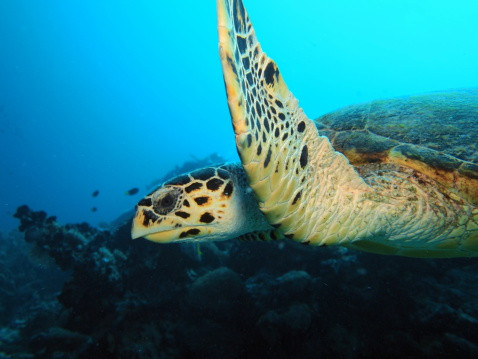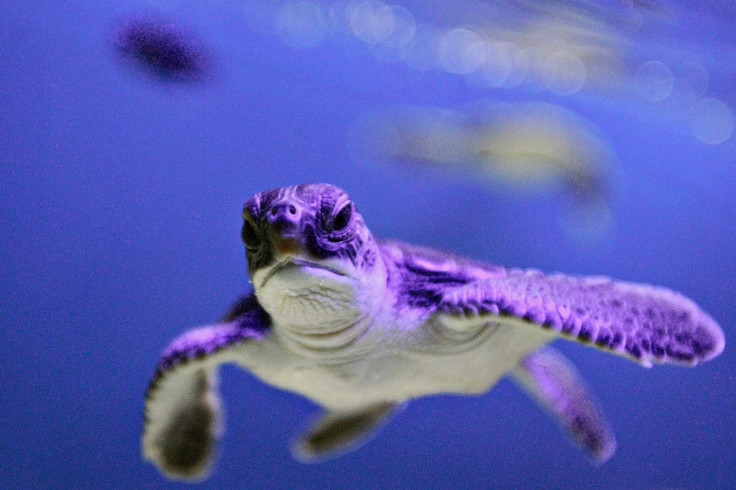World Turtle Day 2016: Why are sea turtles facing extinction?
Sea turtles, which have been in existence for more than 100 million years, are under threat. Nearly all seven species worldwide are now classified as endangered, largely because of human activities such as poaching, the destruction of nesting sites and climate change, all of which is pushing turtles ever closer to extinction.
On World Turtle Day, marked on 23 May annually, campaigners are calling for better protection and conservation of the marine animals. So why are sea turtles under threat, and what can we do about it?
Shell trade
Turtles have been hunted for their shells, which are used to make jewellery and other items, for centuries. The distinctive, patterned shell of the hawksbill sea turtle means the species is under threat despite the shell trade being illegal. As a result, hawksbills are critically endangered.
Hundreds of turtles are accidentally captured in commercial fishing nets every year, which often leads to drowning. The WWF is working with fisheries to help reduce the number of turtles captured.
Climate change

Our changing climate has a significant impact on a turtle's life, including the sex of the offspring. The warmer temperatures caused by climate change disrupt the normal sex ratios, resulting in more female hatchlings – which reduces reproductive opportunities and decreases genetic diversity.
Melting polar ice caps and rising sea levels erode the coastal habitats of sea turtles, shrinking the size of their nesting beaches.
Poaching
The international trade in all sea turtle species and their parts is prohibited under the Convention on International Trade in Endangered Species of Wild Fauna and Flora.
Despite this, sea turtles are harvested in a unsustainable way for human consumption, as well as the trade of their body parts and eggs as they are a source of food and income in many countries. They are also killed for traditional medicines.
Habitat loss
The destruction of nesting beaches as a result of tourism has had an extremely detrimental impact on turtles. The disturbance of nesting females can cause turtles to stop nesting entirely and return to the ocean. Coral reefs and seagrass beds, which provide feeding habitats for turtles, are being damaged as a result of tourist development, certain fishing techniques, climate change and more.
Keeping beaches clean and avoiding littering is key. Turning off beach lighting can help prevent nesting turtles from becoming disorientated, as nesting turtles and turtle hatchlings are guided by moonlight.

© Copyright IBTimes 2025. All rights reserved.





















